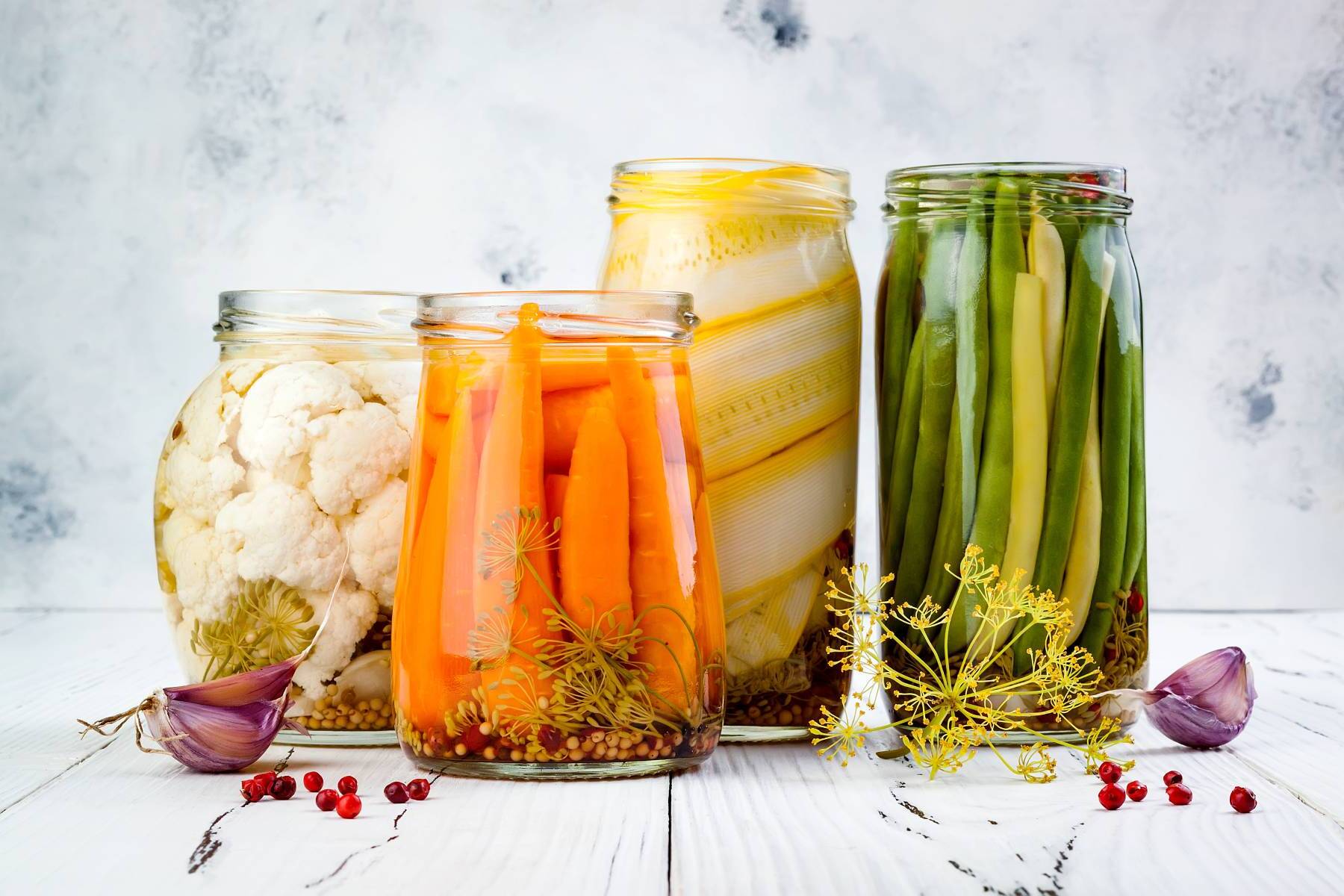
How did people keep food fresh before refrigerators? Humans have always needed ways to store food safely. Ancient civilizations used various methods to preserve their food. Salting was a popular technique, drawing moisture out to prevent spoilage. Drying food in the sun or over a fire also worked well. Fermentation turned perishables into longer-lasting items like cheese, yogurt, and sauerkraut. Smoking meat and fish added flavor while extending shelf life. Pickling in vinegar or brine kept vegetables edible for months. Cellars and ice houses provided cool storage before modern refrigeration. These methods ensured food availability through seasons and tough times.
Key Takeaways:
- Ancient civilizations used clever methods like drying, salting, and fermentation to preserve food. These techniques kept food safe from spoilage and are still used today.
- Modern innovations like canning, refrigeration, and natural preservatives help keep food fresh longer. Choosing sustainable methods can reduce environmental impact.
Ancient Techniques
Food preservation has been around for centuries. Early humans developed ingenious methods to keep food edible for longer periods. Here are some fascinating ancient techniques:
-
Drying: One of the oldest methods, drying removes moisture from food, preventing bacteria and mold growth. Ancient Egyptians dried fish and meat under the sun.
-
Salting: Salt draws out moisture, creating an inhospitable environment for bacteria. Romans used this method extensively for preserving meat and fish.
-
Fermentation: This process uses microorganisms to convert sugars into alcohol or acids, preserving the food. Ancient Chinese fermented vegetables to make pickles.
-
Smoking: Smoke from burning wood contains chemicals that slow down spoilage. Native Americans smoked fish and meat to extend their shelf life.
-
Honey Preservation: Honey's low water content and acidic nature make it a natural preservative. Ancient Egyptians used honey to preserve fruits and even meat.
Medieval Innovations
During the medieval period, new methods emerged, improving food preservation. These innovations were crucial for survival during harsh winters and long voyages.
-
Pickling: Soaking food in vinegar or brine creates an acidic environment that inhibits bacterial growth. Medieval Europeans pickled vegetables and fish.
-
Sugar Preservation: High sugar concentrations prevent microbial growth. Medieval cooks preserved fruits by making jams and jellies.
-
Cellaring: Storing food in cool, dark cellars slowed down spoilage. Medieval Europeans used cellars to store root vegetables, cheese, and wine.
-
Larding: Inserting strips of fat into lean meat kept it moist and extended its shelf life. This technique was popular in medieval Europe.
-
Potting: Cooking meat and sealing it in a pot with a layer of fat on top kept air out, preserving the meat. This method was used in medieval England.
Modern Methods
With technological advancements, modern food preservation methods have become more efficient and reliable. These methods ensure food safety and extend shelf life.
-
Canning: Heating food in sealed containers kills bacteria and seals in freshness. Invented by Nicolas Appert in the early 19th century.
-
Refrigeration: Cooling food slows down bacterial growth. The first practical home refrigerator was introduced in 1913.
-
Freezing: Freezing food at low temperatures stops bacterial activity. Clarence Birdseye developed the quick-freezing method in the 1920s.
-
Pasteurization: Heating liquids to a specific temperature kills harmful microorganisms. Louis Pasteur developed this method for wine and milk in the 19th century.
-
Vacuum Sealing: Removing air from packaging prevents oxidation and bacterial growth. This method is widely used for meats and cheeses.
Chemical Preservatives
Chemical preservatives have become common in modern food production. These substances inhibit microbial growth and extend shelf life.
-
Sodium Benzoate: This preservative is effective against yeast and bacteria. Commonly used in acidic foods like salad dressings and carbonated drinks.
-
Sorbic Acid: Inhibits mold and yeast growth. Found in cheese, baked goods, and dried fruits.
-
Nitrates and Nitrites: Prevent bacterial growth and enhance color in cured meats. Used in products like bacon and hot dogs.
-
Sulfur Dioxide: Prevents browning and spoilage in dried fruits and wines. Also used as a bleaching agent in some foods.
-
Propionates: Inhibit mold growth in baked goods. Commonly found in bread and other bakery products.
Natural Preservatives
Many people prefer natural preservatives due to health concerns associated with chemical additives. These natural substances can effectively extend shelf life.
-
Vinegar: Its acidic nature inhibits bacterial growth. Used in pickling and as a preservative in sauces and dressings.
-
Salt: Besides its ancient use, salt is still widely used today in curing meats and preserving vegetables.
-
Lemon Juice: The citric acid in lemon juice prevents browning and spoilage. Used in preserving fruits and making jams.
-
Rosemary Extract: Contains antioxidants that prevent spoilage. Used in meats, oils, and baked goods.
-
Garlic: Its antimicrobial properties make it an effective preservative. Used in pickling and preserving meats.
Innovative Techniques
Recent advancements have led to innovative food preservation methods. These techniques aim to improve efficiency and maintain food quality.
-
High-Pressure Processing (HPP): Uses high pressure to kill bacteria without heat. Preserves the taste and nutritional value of foods like juices and deli meats.
-
Irradiation: Exposing food to ionizing radiation kills bacteria and parasites. Used for spices, fruits, and vegetables.
-
Modified Atmosphere Packaging (MAP): Alters the atmosphere inside packaging to slow down spoilage. Commonly used for fresh produce and meats.
-
Edible Coatings: Thin layers of edible material applied to food surfaces to extend shelf life. Used for fruits, vegetables, and cheese.
-
Ultrasonic Preservation: Uses high-frequency sound waves to kill bacteria. Being explored for preserving juices and dairy products.
Cultural Practices
Different cultures have unique food preservation methods. These practices reflect the local environment and available resources.
-
Kimchi Fermentation: Traditional Korean method of fermenting vegetables with spices. Preserves and enhances the nutritional value of vegetables.
-
Biltong Drying: South African method of air-drying meat with spices. Similar to beef jerky but with a unique flavor.
-
Surströmming Fermentation: Swedish method of fermenting herring. Known for its strong smell and unique taste.
-
Pemmican: Native American method of mixing dried meat with fat and berries. Provides a high-energy, long-lasting food source.
-
Lutefisk: Scandinavian method of preserving fish in lye. Creates a gelatinous texture and unique flavor.
Environmental Impact
Food preservation methods can have significant environmental impacts. Understanding these impacts helps in making sustainable choices.
-
Energy Consumption: Refrigeration and freezing consume a lot of energy. Choosing energy-efficient appliances can reduce this impact.
-
Packaging Waste: Canning and vacuum sealing generate packaging waste. Recycling and using biodegradable materials can mitigate this issue.
-
Chemical Runoff: Chemical preservatives can contaminate water sources. Opting for natural preservatives can reduce this risk.
-
Food Waste Reduction: Effective preservation methods reduce food waste, benefiting the environment. Planning meals and storing food properly can help.
-
Sustainable Practices: Traditional methods like drying and fermenting have minimal environmental impact. Incorporating these practices can promote sustainability.
Food Preservation: A Lifesaver Through Ages
Food preservation methods have been crucial for human survival. Techniques like drying, salting, fermenting, and canning have allowed people to store food for longer periods, ensuring a steady supply even during tough times. These methods not only prevent spoilage but also enhance flavors and nutritional value. Modern advancements like freezing and vacuum sealing have made it even easier to keep food fresh. Understanding these methods helps us appreciate the ingenuity behind them and their role in reducing food waste. Whether you're a history buff or just someone who loves a good meal, knowing about food preservation can enrich your culinary adventures. So next time you enjoy a jar of homemade jam or a perfectly aged cheese, remember the science and tradition that made it possible.
Frequently Asked Questions
Was this page helpful?
Our commitment to delivering trustworthy and engaging content is at the heart of what we do. Each fact on our site is contributed by real users like you, bringing a wealth of diverse insights and information. To ensure the highest standards of accuracy and reliability, our dedicated editors meticulously review each submission. This process guarantees that the facts we share are not only fascinating but also credible. Trust in our commitment to quality and authenticity as you explore and learn with us.


